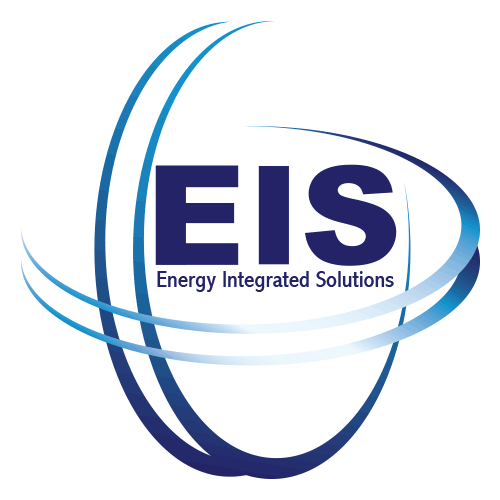As pressures on surface and groundwater grow, so does interest in reclaiming municipal water near its source. Is reuse the next wave for water conservation?
From: Rachel Cernansky - GREENBIZ.COM & ENSIA.COM ǀ 2013

In the 1990s, California’s Orange County faced serious water-related pressures: increasing seawater intrusion, the potential need to build a second ocean outfall to discharge wastewater to the ocean, and a recent drought with water experts predicting greater frequency of drought in the future — all the while expecting increased demand due to population growth. It decided to turn to potable reuse as a solution. In 2008, Orange County started operating its now-celebrated Groundwater Replenishment System, which injects treated wastewater into the water supply of nearly 600,000 residents. The project, says Orange County Water District president Shawn Dewane, is “taking water reuse to the next level. Instead of pouring it on the ground, in terms of landscape irrigation, [we are] turning it into drinking water.”
With a capacity of 70 million gallons per day, the Orange County system is the world’s largest for water purification and potable reuse (…100 million gallons per day by 2015…). Primarily because of its scale — and the fact that the problems Orange County faced in the 1990s have spread well beyond California — the system has attracted interest both nationally and internationally. Dewane says he’s recently hosted officials from Japan and United Arab Emirates, and his team also has been working with England and even Singapore, which already has a potable reuse system supplying about 30 percent of its drinking water. (Reuse is also already established and growing in Australia and some European countries).
Experts say reuse technologies have been proven, and treatment plants can get wastewater as clean as distilled water. The three-step process used in Orange County — microfiltration, reverse osmosis and a combination of ultraviolet treatment with hydrogen peroxide — is becoming the standard for potable reuse. "That's state of the art right now," said Wade Miller, executive director of the WateReuse Association.
Direct potable reuse is already practiced, largely as an answer to increasing drought, in Big Spring, Texas, and in the southern African nation of Namibia, which boasts the world's first major direct potable reuse system. Cloudcroft, N.M., expects to have a new direct potable reuse system up and running… and projects the system will provide 40,000 of the approximately 70,000 gallons used daily by the town. Brownwood, Texas, has plans to start direct potable reuse — it's just waiting for city council approval — and San Diego is considering it as an alternative to scaling its existing million-gallon-a-day indirect reuse project to 15 million gallons.

Water reuse can reduce the amount of freshwater diverted from sensitive ecosystems, as well as the amount of wastewater — and the pollution it carries — discharged to waterways. In the case of non-potable reuse, it means avoiding the use of precious potable water where that level of quality is not required. Because of nutrients retained in water when it is not treated to drinking water standards, irrigating with recycled water can reduce chemical fertilizer use.
And, while wastewater reuse is energy intensive, it often yields an energy savings because pumping imported water (from outside sources) consumes so much energy itself. “We literally move water over a mountain range to get it here from Northern California,” says Shivaji Deshmukh, assistant general manager for the West Basin Municipal Water District, which runs a groundwater recharge system that supplies southwestern Los Angeles County. “While we’ll always need that supply, it does take a lot of energy to do that.” Reusing water locally takes less. In Orange County, recycling water for the groundwater replenishment system takes half the energy of importing water.




